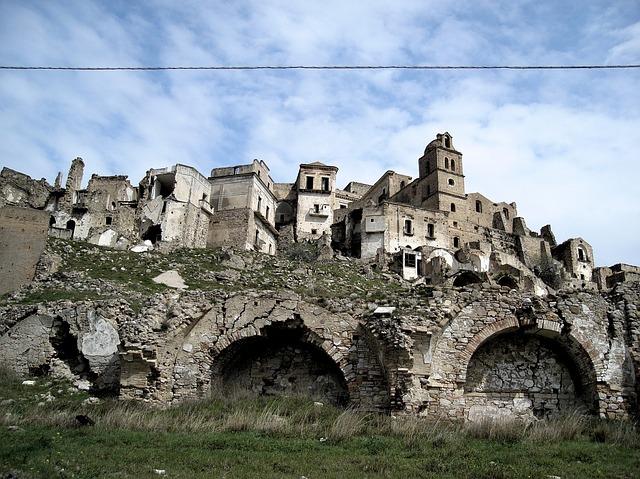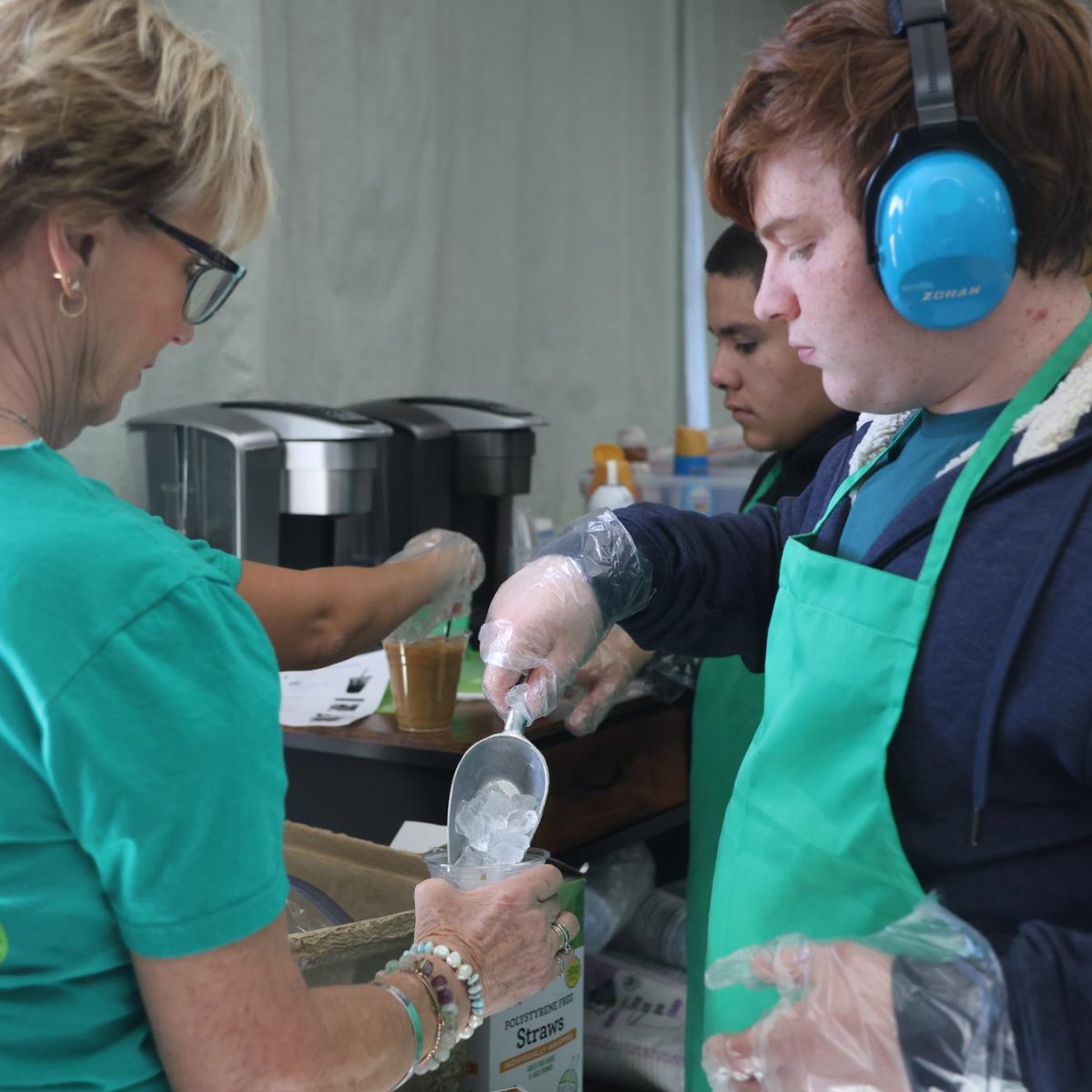On August 23, 2016, central Italy was struck with a devastating 6.2- magnitude earthquake, The earthquake occurred in the Apennine Mountains, a popular tourist attraction. A few aftershocks followed the initial quake, some as strong as 4.0 and 5.5- magnitude. The towns that were hit the hardest include Amatrice, Accumoli and Arquata del Tronto. The morning of the disaster, Sergio Pirozzi, mayor of Amatrice, told reporters that “half the town no longer exists.”
The death toll climbed to around 290, with several more injured. According to the Associated Press, the town of Amatrice suffered the most fatalities, about 230. Several of those who were injured or died were children. One of the most heartbreaking cases was that of young Giulia Rinaldi, who died protecting her four year old sister from their collapsing summer home. Her body was found shielding her younger sister, who miraculously survived with minor injuries.
Italy declared a national day of mourning on the Saturday after the earthquake hit. One state funeral in Ascoli Piceno was held in a gymnasium to honor 35 victims. Several people at the state funeral were survivors themselves. Many were covered in bruises, cuts, and casts as they paid their respects to those who died.
The shallow character of the earthquake made it deadlier. The United States Geological Survey reports that the quake occurred only six miles below the surface. Because the quake was so close to the surface, the ground shook much worse than a deep earthquake, resulting in more destruction.
Additionally, many of the ancient buildings that give Italy its historic beauty easily fell apart with the force of the quake. Several of them were built centuries ago, when buildings were mostly composed of rock and mud. Geologist Massimo Cocco from the National Institute of Geophysics and Volcanology in Rome stated that Italy has anti-seismic construction laws in place for earthquake safety in new buildings. However, several ancient buildings had not been reinforced or updated to meet these requirements. So when the quake hit, the buildings crumbled, trapping anyone inside.
Disasters such as these remind people how vulnerable they are to natural phenomenon, especially in earthquake prone California. The California Department of Public Health recommends practicing earthquake drills at home, especially with young children. In the event that a child is unattended during a quake, he or she should know how to safely escape the building. The Red Cross also suggests keeping an emergency supplies kit, with basic items such as food, water, medication, first aid kit, cash, cell phones, and personal hygiene products.
Earthquakes are unpredictable and unpreventable, some more severe than others. But in the face of great disaster, even just a bit of preparedness can go a long way.
Photo: Mele Coronato with permission from Pixabay






